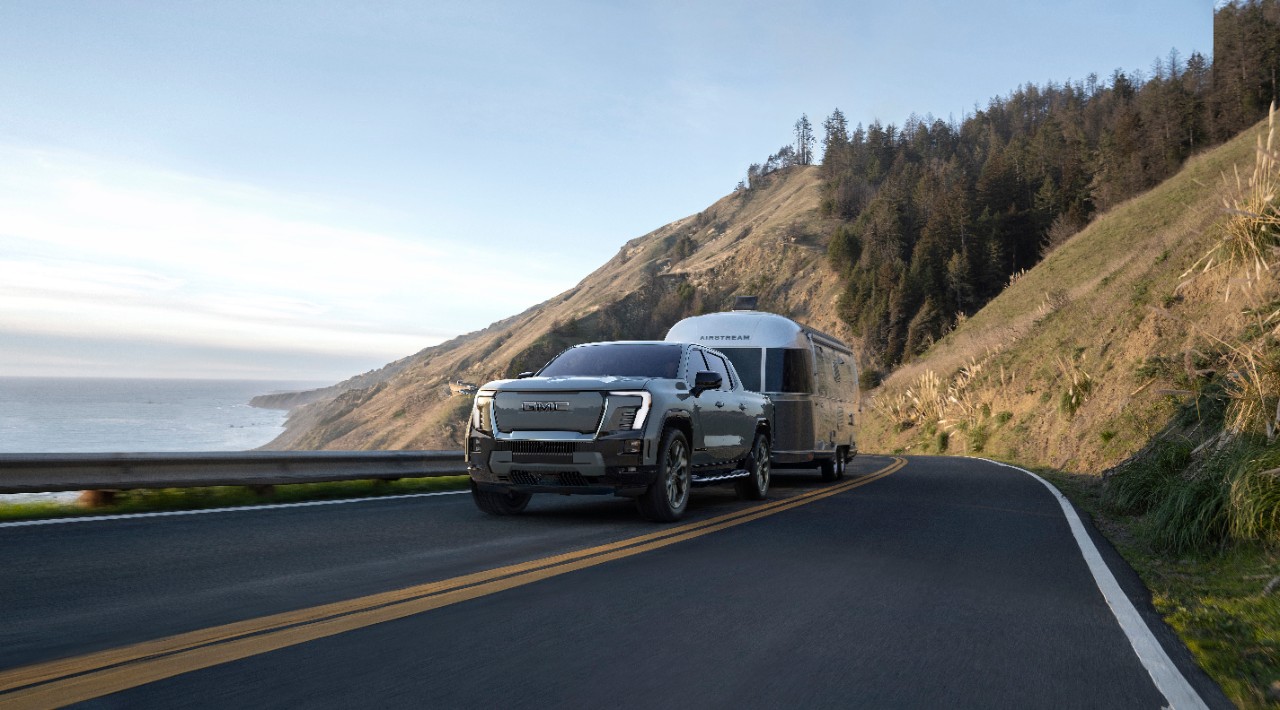By Reza Zarringhalam, GM staff software developer
When technology works effortlessly, it's easy to forget the incredible engineering behind it. That was the goal with GM’s Super Cruise hands-free driver assistance technology. Super Cruise is designed to execute precise lane centering, perform smooth lane changes, interact with a driver's requests and handle steering maneuvers. These advanced capabilities are managed by a single, modular software stack called the Unified Lateral Controller, or ULC. Looking inside, GM engineers built a self-learning system made up of machine learning algorithms to update the vehicle’s dynamics and controls. The algorithm makes quick decisions to ensure efficiency.
Imagine you’re driving with Super Cruise engaged, and you initiate a left lane change with the turn signal. Super Cruise then starts to shift the vehicle into the left lane. But let’s say you then decide to stay in the current lane, so you signal to the right. Super Cruise will respond by bringing you back to the center of the original lane – a seemingly effortless transition, but one that requires complex and rapid calculations.
Super Cruise needs to maneuver as naturally as possible for drivers to remain comfortable and confident as they drive hands free. Diving deeper, the ULC must consider many data inputs: The curvature of the road from the LiDAR map data, lane geometry from the cameras, trajectory of the vehicle based on current speeds, vehicle load, current weather conditions, and the behavior of surrounding vehicles--all in a matter of seconds.
One of the unique features of Super Cruise is its ability to maintain precise hands-free lane centering while towing a trailer – a capability unmatched in the industry. With a trailer attached, ULC automatically accounts in real time for the additional mass and its effects on vehicle dynamics, optimizing steering commands to control both the vehicle and the trailer.
The self-learning system analyzes real-time sensor data, enabling Super Cruise to make more accurate decisions and perform proactive adjustments, improving driver comfort and confidence over time. That allows Super Cruise to adapt for each vehicle and each driver in different environmental conditions.
Let’s go back to our trailering example: Tight lateral control is important for keeping both the vehicle and the trailer centered in the lane. The model learns how the presence of the trailer changes the vehicle’s steering response and works with the ULC to optimize its responses and keep the vehicle and trailer centered in the lane.This model also scales Super Cruise across multiple vehicle models—20 and counting. No matter the shape, size, or weight of the vehicle, the ULC and our self-learning algorithms can adapt, reducing complexity. We’re bringing Super Cruise to consumers on more models, offering consistent, predictable hands-free driving.
Automatic Lane Change and Lane Change on Demand are not available while trailering.
Always pay attention while driving and when using Super Cruise. Do not use a hand-held device. Requires active Super Cruise plan or trial. Terms apply. Visit cadillacsupercruise.com, chevysupercruise.com, https://www.buick.com/explore/technology/super-cruise or gmc.com/connectivity-technology/super-cruise for compatible roads and full details.
